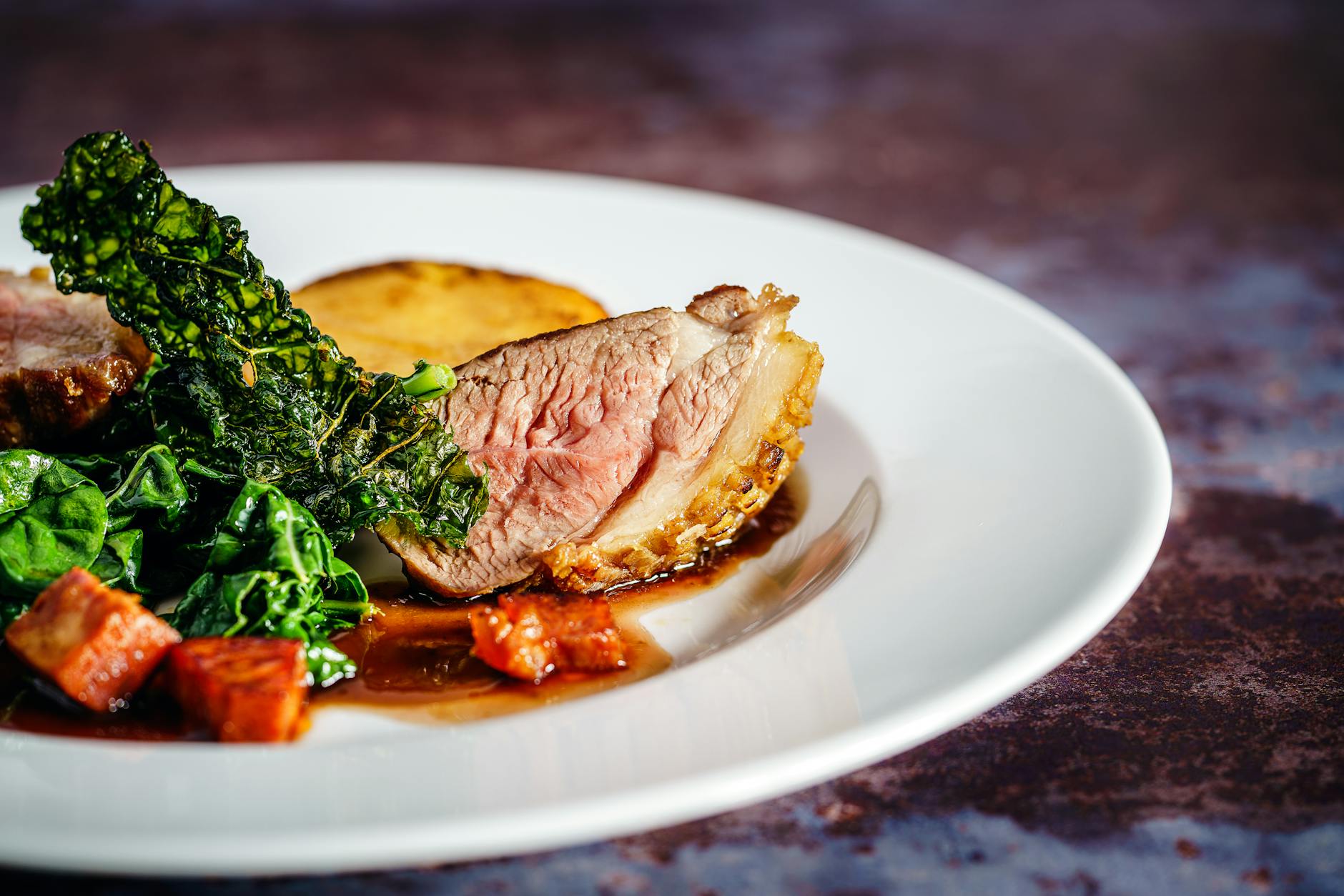Meat and poultry are exceptional sources of protein, vital for growth, development, and overall health. Alongside protein, they deliver essential nutrients like iodine, iron, zinc, B vitamins (especially B12), and omega-3 fatty acids, all of which are crucial for various bodily functions.
To reap these benefits, it’s important to include meat and poultry in your weekly diet, focusing on unprocessed, lean cuts to avoid excessive salt and saturated fat intake.
Why Meat and Poultry Are Good for You
Meat and poultry are packed with nutrients beyond protein:
- Iodine aids in thyroid hormone production.
- Iron is essential for transporting oxygen in the blood.
- Zinc supports immune function, skin health, and reproductive health.
- Vitamin B12 is vital for the nervous system.
- Omega-3 fatty acids promote heart and brain health.
Getting the Right Amount of Meat and Poultry
The Australian Dietary Guidelines recommend 1–3 servings of lean meat, poultry, fish, eggs, tofu, nuts, seeds, and legumes daily. Pregnant women should aim for 3–4 servings, with half of these coming from lean red meat to ensure adequate iron and zinc intake.
Moderation is key, with a weekly limit of 455g of cooked lean red meat to minimize health risks associated with excessive consumption of red and processed meats.
Healthy Cooking Methods for Meat and Poultry
For the best health outcomes, consider these cooking tips:
- Choose lean cuts of meat or poultry.
- Grill instead of frying, and avoid adding extra oil.
- Use low-fat marinades for flavor and tenderness.
- Roast meat on a rack to allow fat to drip off.
- In stews and casseroles, reduce meat quantities and increase vegetables and pulses.
Cooking Meat and Poultry Safely
Proper cooking is crucial to eliminate harmful bacteria and prevent foodborne illnesses. Certain meats and poultry, such as duck, and offal, must be cooked thoroughly.
Whole cuts of beef or lamb can be served rare if cooked properly on the outside. Always use a food thermometer to ensure safe internal temperatures are reached.
Storing Meat and Poultry Safely
Proper storage is essential to prevent bacterial growth:
- Store fresh meat in clean containers in the fridge’s coldest part.
- Use shop-packaged meat within 3 days.
- Freeze meat before the use-by date and defrost it safely.
- Refrigerate leftovers promptly and reheat them only once.
Sustainable and Ethical Meat and Poultry Shopping
Meat production has a significant environmental impact, but there are ways to shop more sustainably:
- Reduce weekly meat consumption by one portion.
- Buy organic or free-range meat to support better farming practices.
- Purchase local and in-season products to reduce your carbon footprint.
Final Words
Incorporating meat and poultry into your diet can provide essential nutrients for your health.
By following recommended serving sizes, safe cooking practices, and making ethical shopping choices, you can enjoy the benefits while minimizing health risks and environmental impact.



